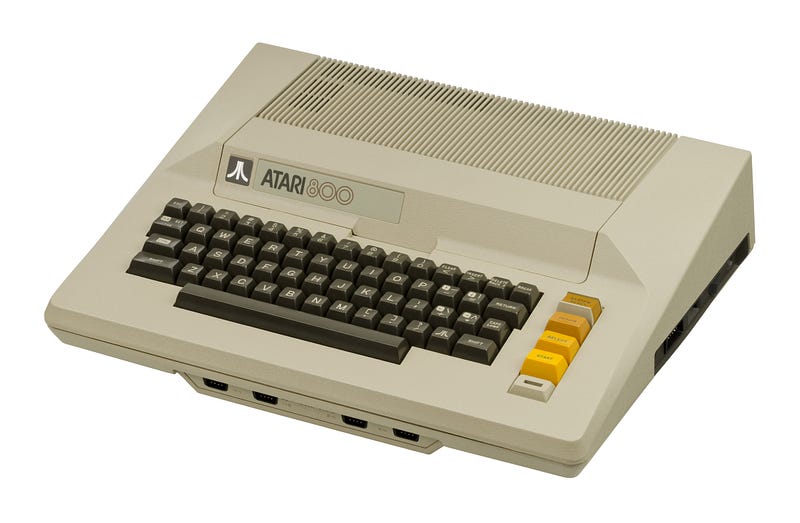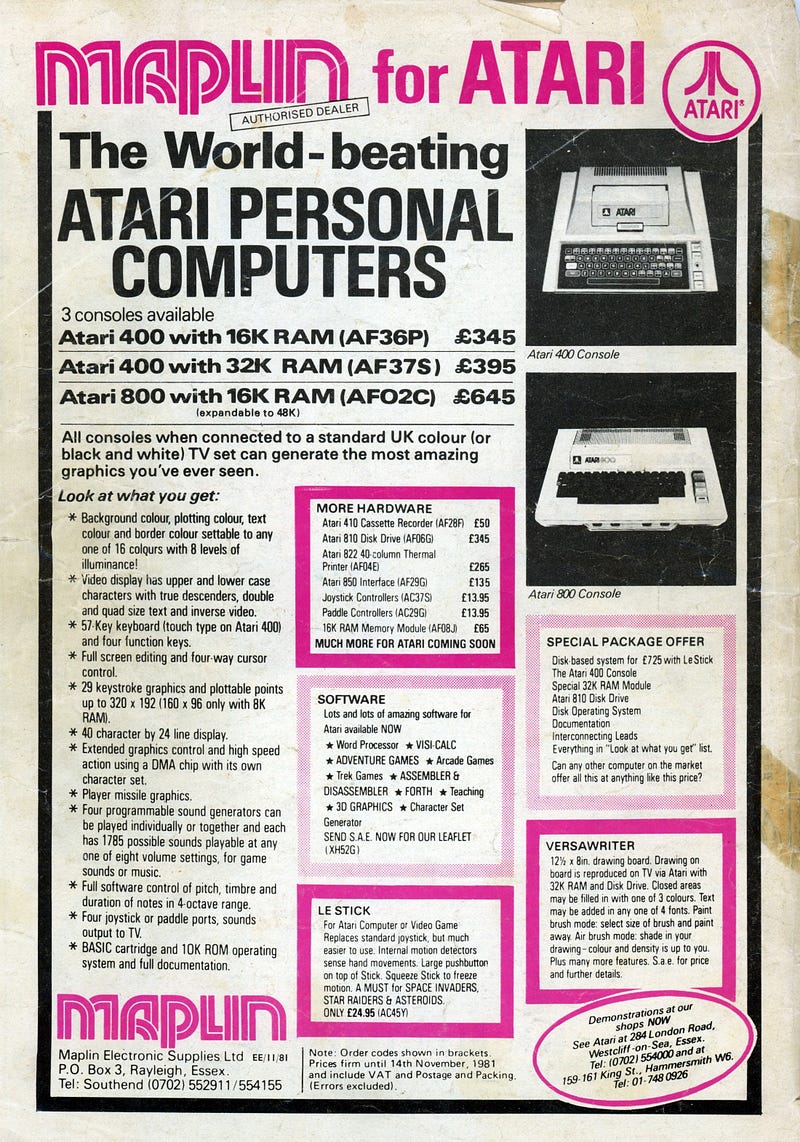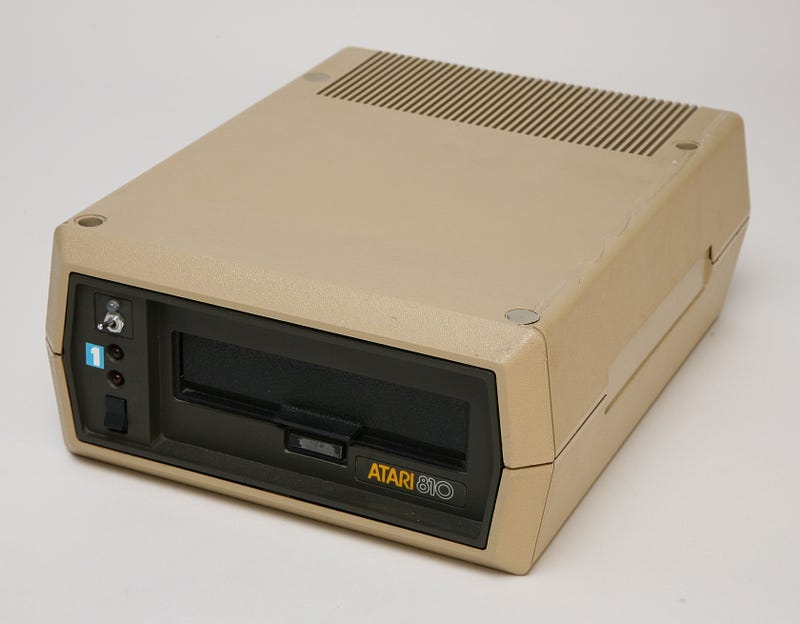Title: A Nostalgic Look at Atari's 400 and 800 Home Computers
Written on
Chapter 1: Atari's Groundbreaking Innovations
Atari made a significant mark in the realm of home computing with the launch of the Atari 400 and 800 in 1979. These machines were remarkable for their time, boasting plug-and-play peripherals and advanced graphical capabilities that set the stage for the evolution of personal computing.

Maplin, a well-known UK electronics retailer, heavily promoted these computers through advertisements in various magazines during the 1980s. This exposure was my first introduction to the Atari brand, although the price tag of these machines was beyond what my parents could afford, especially as I was still a child.

The Atari 400 and 800 utilized the popular 6502 microprocessor, running at approximately 1.8 MHz. Designed with gaming in mind, both models featured ROM cartridge slots and multiple joystick ports. The 400 model was a more budget-friendly option, equipped with a membrane keyboard and limited expansion capabilities. In contrast, the 800 offered a conventional keyboard, additional cartridge slots, and extensive upgrade options.
Section 1.1: Custom Hardware Features
The sound and graphical capabilities of the Atari computers were noteworthy, especially compared to their contemporaries. This was facilitated by a series of custom chips named ANTIC, CTIA/GTIA, and POKEY, designed by Jay Miner, who would later create even more advanced technology for the Amiga.
Graphics capabilities were particularly impressive, featuring hardware support for sprite graphics and scrolling. The early models boasted a color palette of 128, which increased with the introduction of the GTIA chip, allowing for even richer visuals.
Subsection 1.1.1: Graphics and Colors

In terms of resolution, text could be displayed in various formats, ranging from 20 x 12 to 40 x 24, while graphics resolution spanned from 40 x 24 to 320 x 192. Although the simultaneous color output was limited to 2–5, the inclusion of display lists allowed for multiple graphics modes, enhancing on-screen color variety without taxing the CPU.
Section 1.2: Sound Capabilities
The POKEY chip provided superior audio with support for four-channel sound, surpassing the single-channel capabilities found in devices like the Apple II and later Sinclair ZX Spectrum. Users could opt for either 8-bit pitch resolution for four channels or two voices with 16-bit quality.
Chapter 2: Programming and Peripherals
BASIC programming was integrated into the Atari computers through a plug-in ROM cartridge, offering robust support for audio and graphics—contrasting sharply with the rudimentary BASIC available on the Commodore 64. Notably, the Atari BASIC handled strings as arrays of characters, which was reminiscent of the C programming language.

Another innovative feature was the Serial Input/Output bus (SIO), which enabled the connection of multiple intelligent peripheral devices—a forward-thinking plug-and-play system for its time. These peripherals ranged from floppy disk drives to printers and game controllers, although their complexity often resulted in higher costs.
Later Variants and Market Impact
In 1983, Atari introduced the XL series aimed primarily at cutting production costs without adding new features, which diminished my interest in them. By 1985, the XE models emerged with increased RAM, but by then, I had already transitioned to owning a Commodore 64, eyeing machines like the Atari ST and Amiga as potential upgrades.
Final Thoughts
Though I never owned an Atari 8-bit machine, I couldn't help but include them in this retrospective. The nostalgic allure of those early advertisements from Maplin still resonates with me, especially considering their connection to the Amiga. Unfortunately, the high price of the initial models hindered their market success, as more affordable alternatives like the Commodore 64 and ZX Spectrum gained traction. Despite my efforts to downsize my collection, I still find myself yearning to experiment with an Atari 800—perhaps someday…
If you have memories of the Atari 400 or 800, feel free to share your experiences in the comments below.